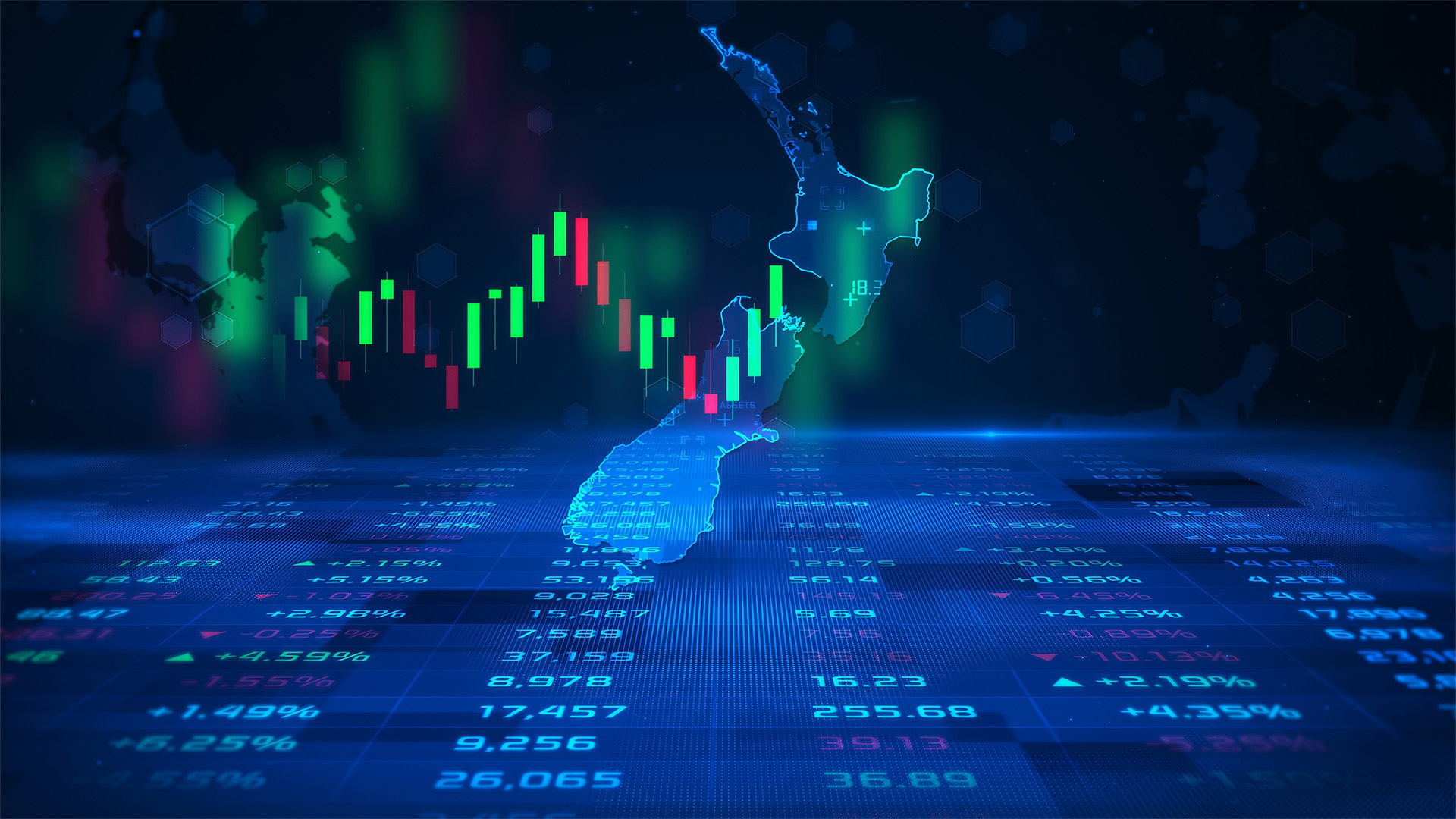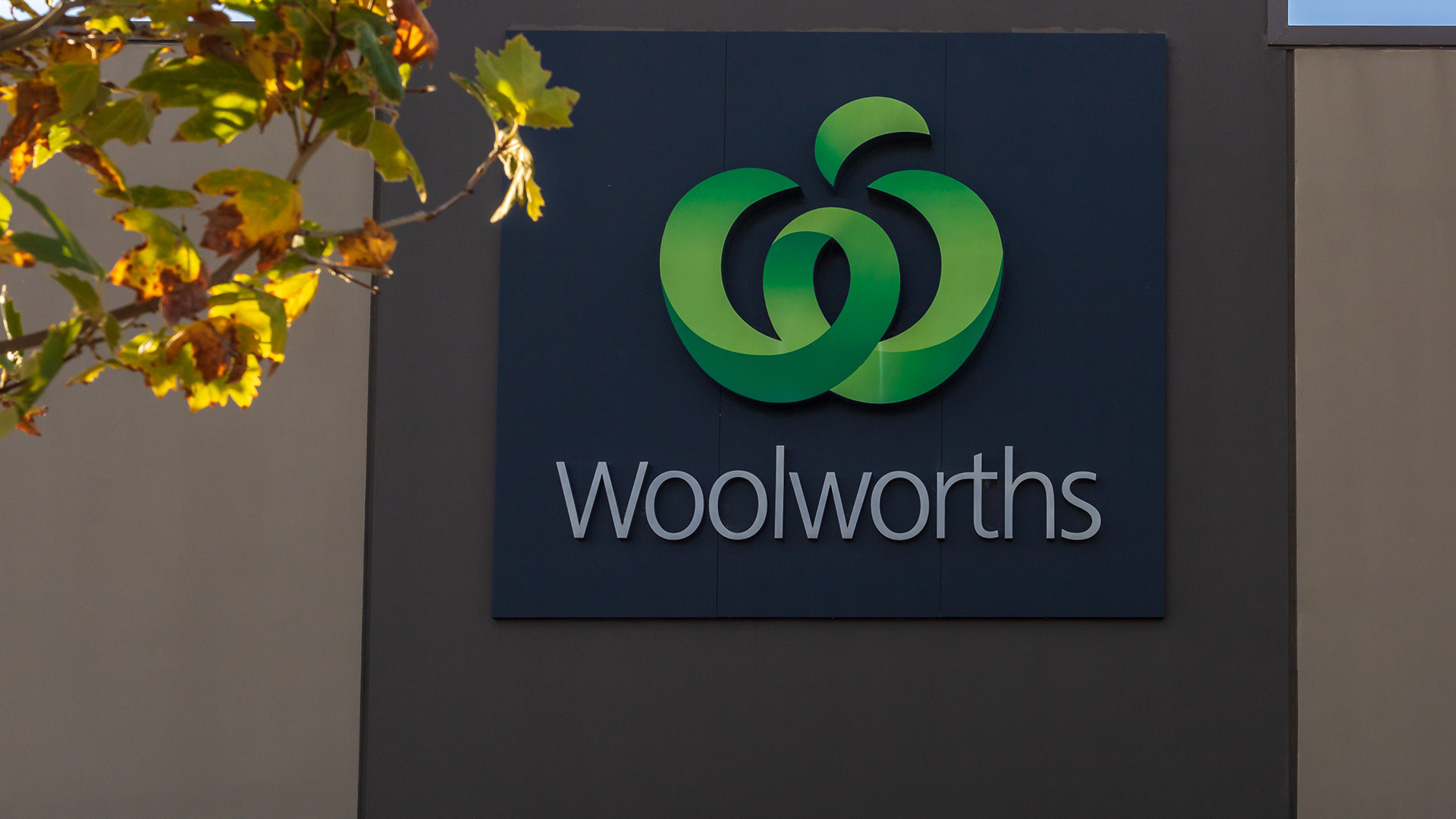NOVONIX (ASX:NVX) achieved successful production with its Generation 3 Furnaces, meeting design goals for throughput, cost, and sustainability.
Paul Sanger: Hi, I'm Paul Sanger for the Finance News Network, and today we're talking to Novonix CEO, Dr. Chris Burns. Chris, welcome back to the Network.
Chris Burns: Hi, Paul. Thanks for having me on this morning.
Paul Sanger: Now Chris, you've had a pretty exciting week, lots going on. You've had three separate press releases that you released to the market. First one was about an agreement with the Sandbox AQ on some AI plans. Secondly, the Hatch study results. And then just over an hour ago, an update on your Riverside facility. So, let's kick off. Can you just give us a brief overview of these three press releases?
Chris Burns: Yeah, absolutely. It's been a very exciting week here and it's really been the culmination of so much work through this year across our entire group, both at our Battery Technology Solutions Group in Nova Scotia, as well as here in Chattanooga, Tennessee where I'm sitting now. Earlier in the week we announced the partnership with Sandbox AQ. They work on AI and quantum solutions to bring data science to the market in different avenues. And this ties back to our focus around testing technology and our service group within our Battery Technology Solutions group and how we can maximize the use of all of the data that we generate, linking material science all the way through to battery data and leveraging this into a SaaS platform, not just to support our internal work but our customers across the sector.
And then we also released the results of a hatch study on our all dry zero waste cathode synthesis technology. This is of course technology that we started filing patents around in 2020. Earlier this year we announced the commissioning of our tonnage scale pilot line within our battery technology solutions group. And we've always held the belief that this technology offered an opportunity to revolutionize cathode synthesis for high nickel cathode materials to lower the cost and environmental footprint. And now that we have our tonnage scale pilot line running, we are able to generate enough process data to engage a firm like Hatch to do an engineering review. And the results of this found an estimated 50% reduction in processing cost, not including the cost of the metals in the cathode, but the processing cost an estimated 30% reduction in the capital cost all while using about 25% less power while using our synthesis technology.
So, these are huge results and a huge commercial opportunity for the business as we continue to embark on that cathode synthesis. And then of course, as you said, just an hour ago, we announced great results of production that's been happening here on the ground in Tennessee, and this is with our generation three induction furnace systems, really a breakthrough technology relative to historical graphitization. Earlier in the year, we announced that we were making material meeting all of our product specifications. And now through our most recent production campaigns, we're also reaching all of our target engineering design specs on the equipment in terms of the output and throughput, the cost, the energy efficiency, really painting a clear pathway for us to scale up our production and be profitable here out of our Riverside facility.
Paul Sanger: Clearly, clearly you've had a busy week, Chris. Let's now get talking in more detail about the recent update on the recent milestones with the Riverstone facility. In that announcement, you showcase some economics. Do you feel that you can compete now with your main competitors in China?
Chris Burns: Of course, this is a very competitive industry and we've always believed that we needed our revolutionary technology to come through in order to not just have a cost competitive technology, but also a scalable technology for here in the Western world. A cleaner process technology compared to the historical processes that they've run in China. And really what we see now is the ability to leverage this technology into globally competitive economics. And coupled with that still are the significant programs that are existing here in the United States, mostly under the infrastructure law and Inflation Reduction Act, such as the funding that we were selected to receive last year, our application with the loan program office, the access to things like the 45x production tax credit, which can return 10% of our cost of production back to the company.
And these are things that are critical that especially as we scale our first facility here at Riverside, that we can be economic while making these high performance materials and offer our tier one customers the price targets that they need to have landed material here in the US that's competitive to the materials that they bring in from overseas.
Paul Sanger: Got you. And Chris, tell us about how your discussions with customers are going and do these results help with those discussions?
Chris Burns: These results are huge for underpinning our technology and the confidence of reaching scale for our customers. Of course, we have our supply agreement with CorePower, we'll begin deliveries for that contract out of this facility late next year. And then of course, the big news a few months ago with LG Energy Solution, making an investment in the company, signing our joint development agreement with the intent to lead to an off-take.
So, companies like LG and of course others that we work with, the MOUs that we've signed with, Panasonic Energy and Samsung, we work across all of that tier one sector and now we're able to not just sample them products that come from our pilot facilities, but now also sample them products that are coming from mass production equipment. I think it's underappreciated how important it is to be able to reach those milestones in the qualification process to paint that timeline to start becoming a supplier to them in the coming years.
Paul Sanger: And Chris, just remind us how much competition is there in North America for synthetic graphite supply?
Chris Burns: The competition is very thin here in the United States, whether it's even synthetic or natural graphite. These are markets that are completely dominated by China today. 90 or 95% of the materials are coming out of China today with some small amounts coming out of Japan and Korea. Of course with things like the 30D vehicle credits, looking to focus on localization of supply and all of these federal programs to incentivize the investment here in the United States, there is so much opportunity here. And when you think about the market in general, even as competition may come into the space, though we talked a little bit about the idea of mass production timing, and these are huge barriers to the market and really show how far ahead we are from starting six years ago in this space.
But when we think about the market size here, by the end of this decade, there'll be over a million tons of graphite demand in North America alone. So, with targets like ours of 150,000 tons, and even those other few companies that exist in North America, there's still expected to be a huge supply gap that has to be filled from offshore. It's not necessarily about will there be enough demand or will we produce enough local materials. It's really a question of which cell manufacturers and which OEMs are going to qualify for these incentives by working with companies like ourselves to localize supply.
Paul Sanger: And Chris, tell me, what are the benefits of your all dry zero waste cathode process and how soon would you make that commercially available?
Chris Burns: Our all dry zero waste cathode synthesis technology is really focused on simplifying a complex chemistry to make these high nickel and single crystal grades of cathode material. And the biggest thing is that the current state-of-the-art uses a wet chemical process that has significant waste streams in wastewater as well as sodium sulfate as a solid waste. So, firstly, we eliminate both of those waste streams, which is of course critical in scaling western world technology. But also through simplified processing, we're able to make the same quality materials at these lower cost estimates as seen in the hatch report.
An important highlight of this is that it's also through scalable technology. Our tonnage scale pilot line is using small scale mass production equipment that can easily be scaled up now without developing new machines and new process technology. Really, we're very focused on commercial partnerships with leading OEMs, cell manufacturers and cathode makers to look at options to commercialize this technology through either licensing and partnership agreements or potentially through the scale up of facilities as we're doing with our end materials business.
Paul Sanger: Look, Chris, to finish up, despite obviously the recent announcements, we haven't seen a reaction to today's just yet because the market is opening, but your share price has been under pressure. What do you feel is the cause of the selling pressure that the stock has seen in the last few weeks or months?
Chris Burns: Of course the market has had a challenge this year, especially in the tech sector and battery material sector in generally, and we've been caught up in that, but I think people have been looking for updates on these key milestones within the business, both here in Tennessee and also in our technology solutions group. And while we internally have been steadily marching forward and delivering on our milestones, things like today's announcement really allow us to articulate those to the market. And things like investments from LG Energy Solutions should really clearly show the market our position as a leader in this space.
I think now we're focused on the financing side of our Riverside facility, completing our work with the Department of Energy in terms of our infrastructure law grants, continuing to progress our Department of Energy loan program office application and really build the blocks to more commercial contracts to fill out the hopefully doubled capacity here of our Riverside facility to 20,000 tons, which we'll do the engineering on to complete in the first quarter of next year. And then really focus on that path to production and now this clear path to profitability.
Paul Sanger: Dr. Chris Burns, it's been an absolute pleasure and many thanks for taking the time to speak with us today.
Chris Burns: Great. Thanks, Paul.
Ends













